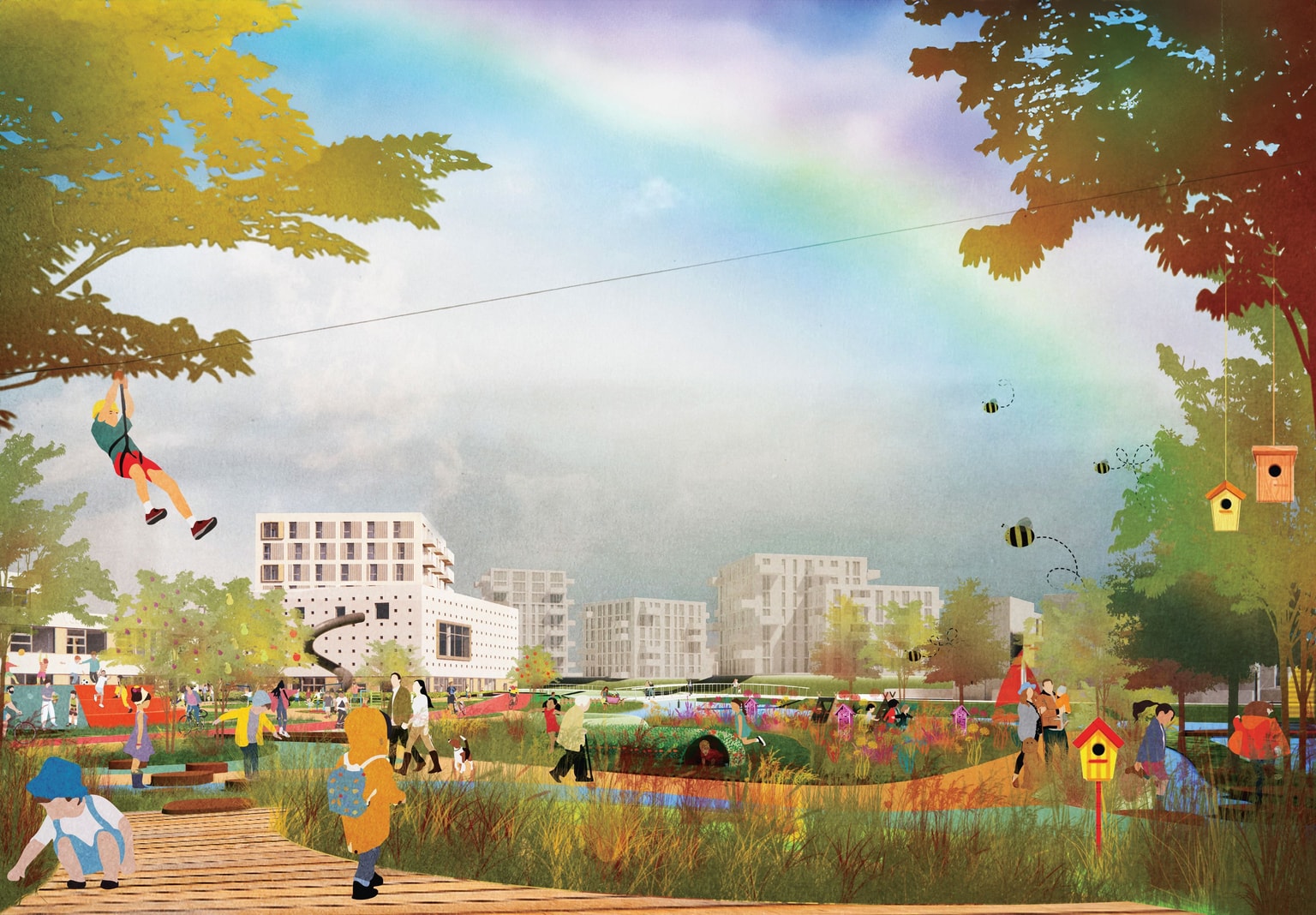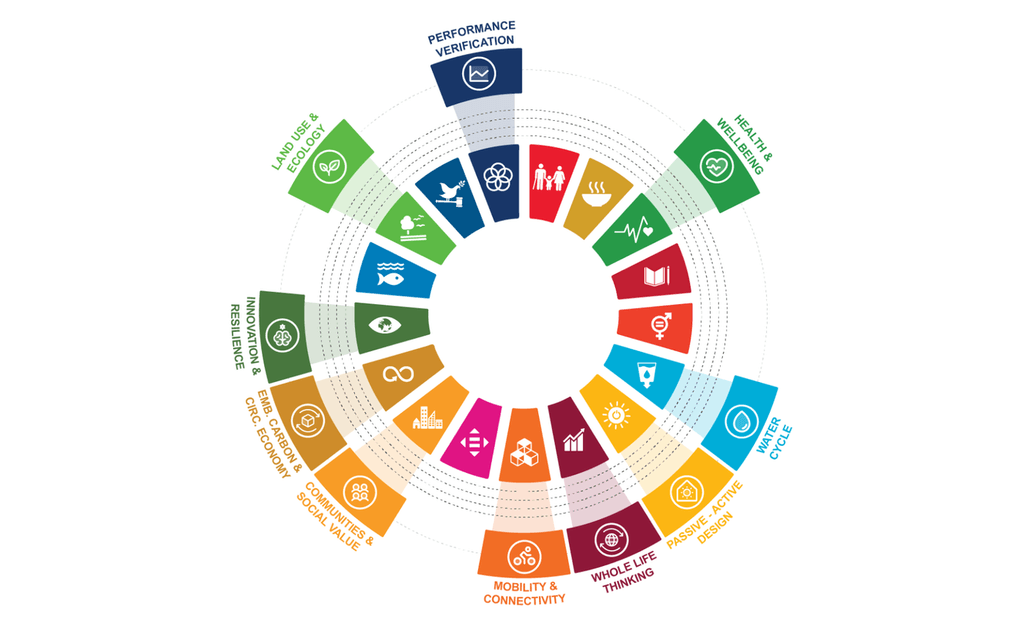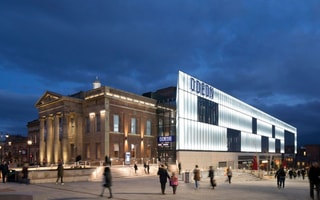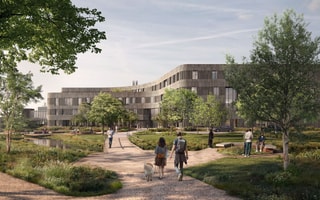Our design approach
We believe in the power of good design. At its heart is the pursuit of simplicity, discovering the core of a challenge and the essence of the solution. Simplicity can be bold and surprising, but it always reflects a deep understanding of people, place and the careful creation of an authentic unified experience.

Guiding principles for good design
We are the original multidisciplinary house of design, bringing all the professions together to spark off each other, to solve each problem from every angle – designing a world that’s built for good. Our guiding principles for good design stimulate and shape conversations around design quality and how to create a sense of place and belonging.
People
Focusing on human scale is a way of calibrating design ideas to the people that use and experience our spaces; the sunny corner, the cosy nook, the window with the best view, entrances sheltered from the wind. Always prioritise the social idea, enlivening spaces with activity and opportunities for interaction.
Place
No site is context-free. Understanding a project’s natural, historical and social context is the antidote to ‘anywhere architecture’ and key to successful, long-lasting placemaking.
Planet
The existential threat to the planet demands collective action, which touches on all aspects of what we do as designers. We must set clear and challenging goals for improvement with measurable targets.
Purpose
Design is a practical art, bringing creativity, innovation and experience to the resolution of complex challenges. The best projects achieve multiple goals, bringing measurable value to clients and communities together with the intangible qualities of beauty, delight and wellbeing.
Process
We are not boxed in by a house style or a one-size-fits-all approach. To develop innovative, imaginative solutions we must choreograph the design process to be as inclusive, interdisciplinary and engaging as possible.

Commitment to regenerative design
There is a need for a huge shift in how we approach the built environment. We believe without a collective commitment to prioritise the right goals, regenerative practice will not achieve its full potential, hindering its transformative potential.
Climate Action and Social Design Framework
Our projects take into account future climate considerations and the need for resilience. We have developed an in-house tool specifically aimed at accelerating our goal of achieving Whole Life Net Zero Carbon across all projects. This tool facilitates the identification of specific Key Performance Indicators (KPIs) for each project and helps establish clear, measurable targets from the early design stages to post-occupancy.
Themes such as Embodied Carbon & Circular Economy, Whole Life Carbon Thinking, Innovation and Resilience strategies, Performance Verification, and Aftercare ensure that our projects are not only sustainable but also resilient to future climate challenges.
Further Reading
Adaptive reuse
Reinventing and repurposing our existing buildings is essential to creating a more sustainable future.
Decarbonisation
We take a strategic, multidisciplinary approach to decarbonisation, focusing on both operational and embodied carbon.

